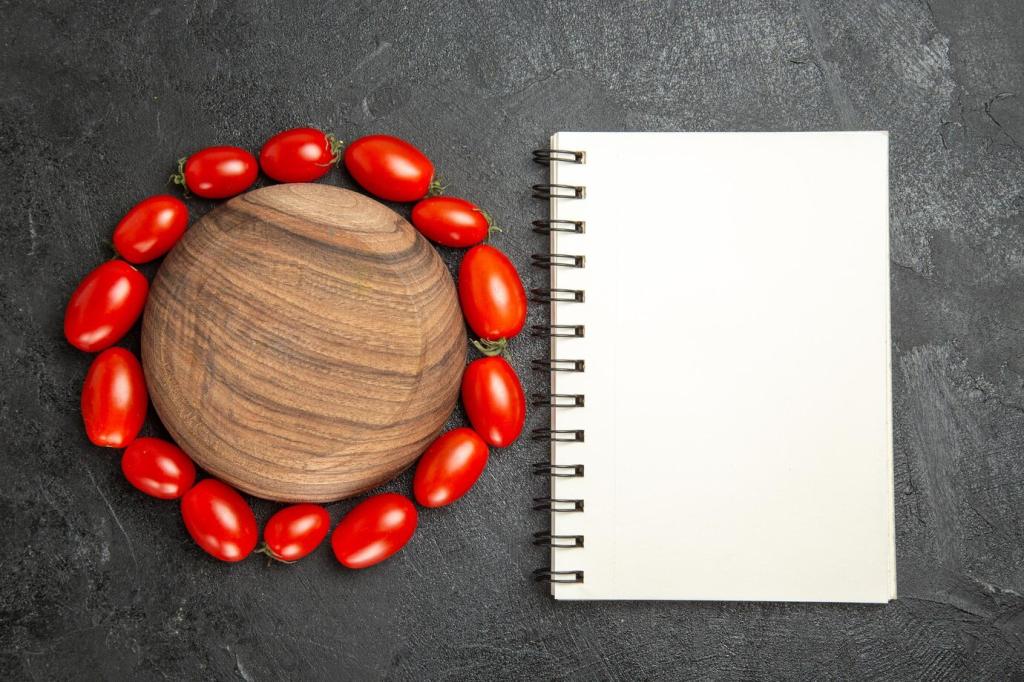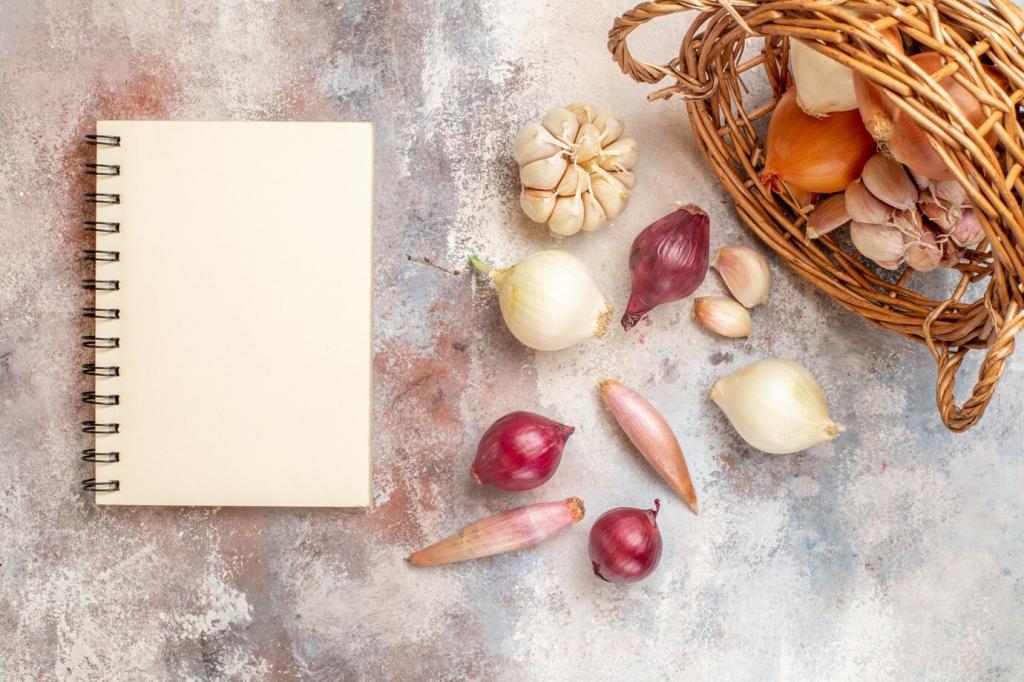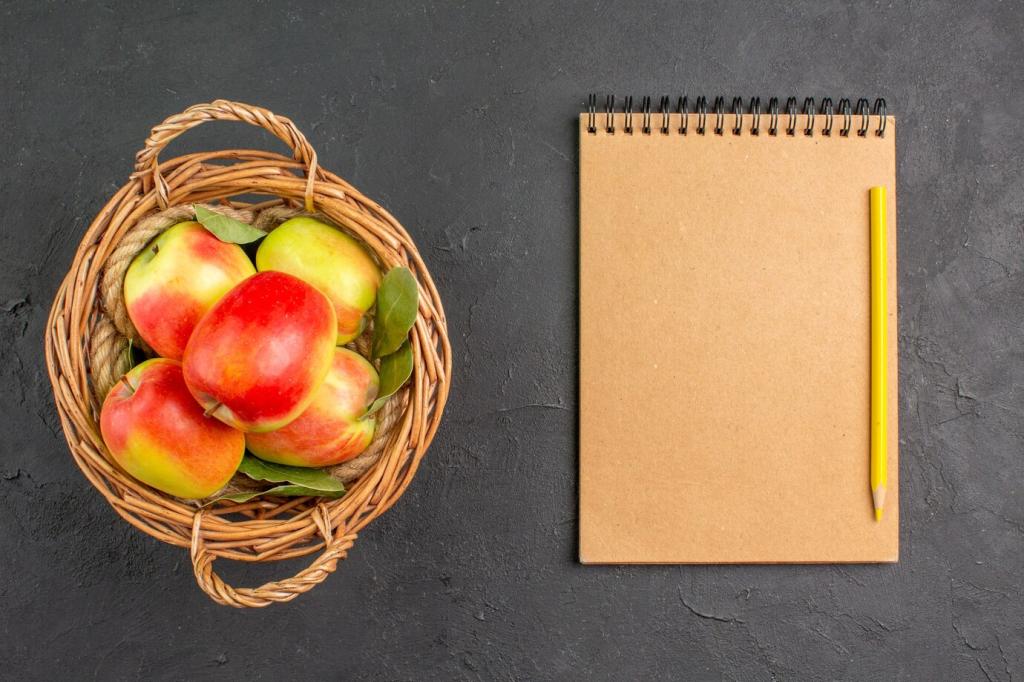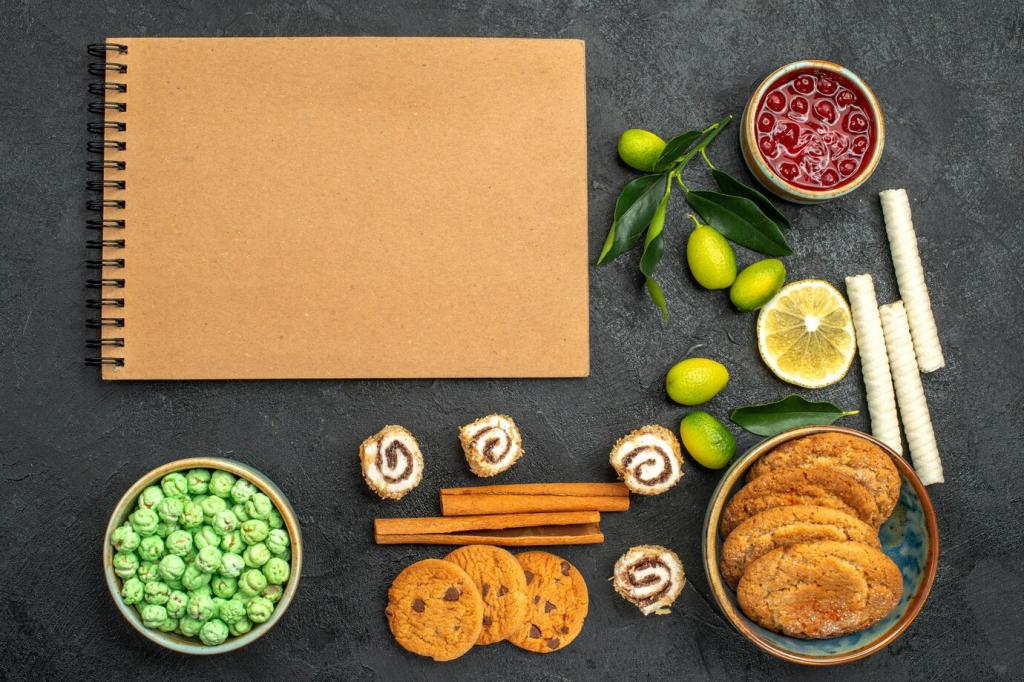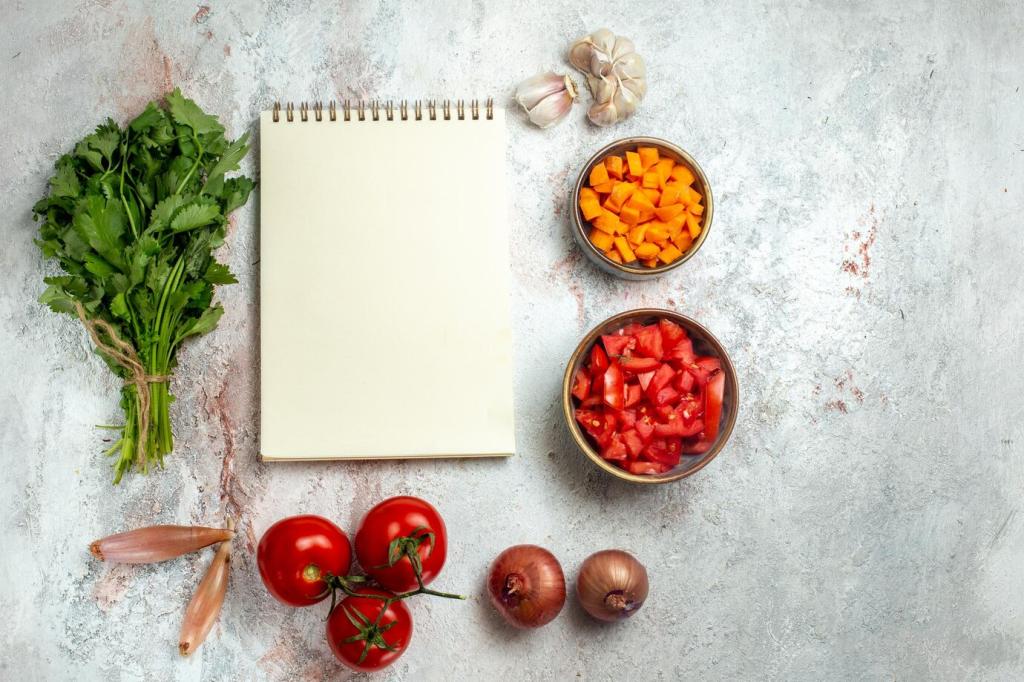Kitchen Craft for Bookish Cooks
Treat prep like marginalia: label bowls with scene beats—inciting incident, rising action, climax. When the onions go translucent, you’re past exposition. Snap your annotated setup and share; we’ll feature clever systems that make cooking read smoothly.
Kitchen Craft for Bookish Cooks
Use the three-act arc as a timer: sear for Act I, deglaze and reduce for Act II, finish with butter or herbs for Act III. Structure tames chaos. Comment with a recipe you’ll rewrite using this method.

